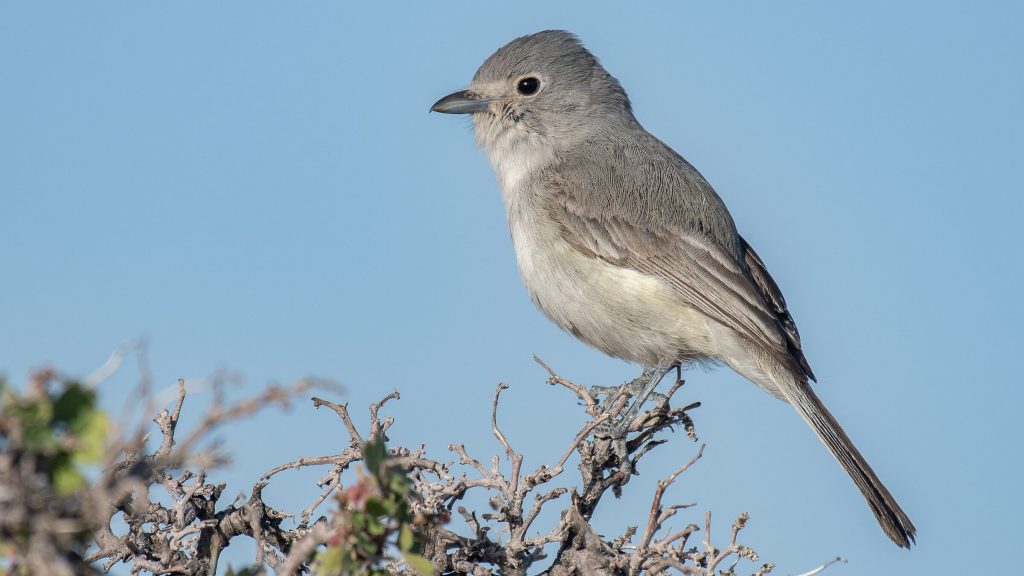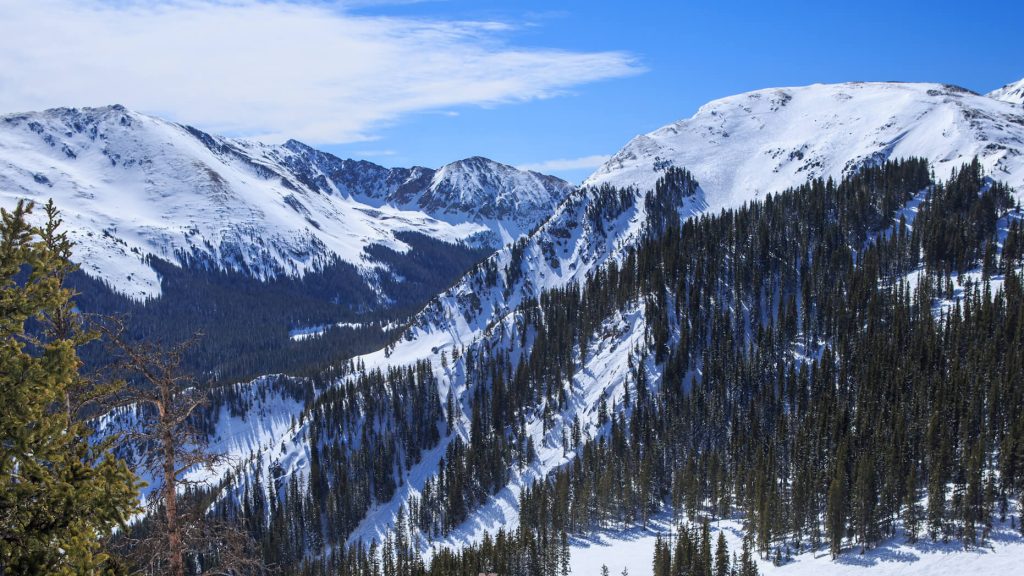FAQ
Chihuahuan Meadowlark © Jack Parlapiano
ANSWERS TO your QUESTIONS
Planning a birding trip involves many factors and some unknowns. This guide to frequently asked questions will assist you in the process. If you need further clarification on any points or have questions not covered here, please don’t hesitate to ask us!
Where do I go?
New Mexico has an incredible diversity of birds and habitats due to its unique location on the edge of several major biogeographic regions. Each portion of the state hosts specialty birds that are unique to that area. Check out our locations page to get an idea of which regions are home to which species. Consider your birding objectives, how much you want to travel, and your budget.


When do I come?
No matter the time of year, New Mexico birding always has something to offer. The breeding season, roughly April to September, is the best time to view most Rocky Mountain species as well as resident Mexican specialties in the Southwestern portion of the state. Spring and Fall offer excellent passerine and shorebird migration through the Central Rio Grande Basin corridor as well as opportunities for vagrants in the central and eastern portions of the state. During the winter months of November through February, tens of thousands of waterfowl congregate along the Rio Grande, and all three Rosy-Finch species descend into the Rocky Mountains.
What will I see?
This depends on when you come, where you go, and your objectives. New Mexico Ornithological Society produces a useful up-to-date state checklist while eBird is without doubt the most dynamic tool. Use the downloadable lists to the right to determine which species you can expect to see or target during your visit. You can view species sorted by taxonomic order (evolutionary relationships) or sighting frequency (percentage of checklists that have reported the species). NOTE: frequency does not necessarily reflect the likelihood of seeing a given species.
TAXONOMIC Order
Sighting FREQUency
What do I bring?
Start with whatever you bring out birding on a regular basis – binoculars, spotting scope, camera, appropriate outerwear (including sunscreen, bug spray, and chapstick), daypack, and water/snacks. Check out our services page for a list of what we’ll bring along as well. Bring at least one layer each of clothes for warm, cold, and wet conditions. We recommend sticking with long pants, long sleeves, and closed-toed shoes when in the field.


What do I eat?
Food is handled per circumstances and preferences. Breakfast is quick, usually at your lodging, a quick restaurant, or packed ahead of time for the field. Similarly, lunch is often on-the-go, either packed or ordered at a quick restaurant along the way. Often folks choose to beat the heat and the mid-day lull by taking a break and eating lunch at a dine-in restaurant. Dinner is the best time to relax and enjoy some good food out. Yelp and Trip Advisor are excellent resources to locate Louisiana’s non-bird specialties!
What is the weather like?
Weather in New Mexico varies greatly by elevation and time of year. Much of the southern half of the state is low elevation desert, reaching blistering temperatures in the summer but quite temperate in the winter. However, even during summer months higher elevations can offer refuge from the heat. The highest points in the state are cool all year round, but can be bitterly cold and windy during the height of winter. Be prepared for any weather– particularly in the rainy season (late summer), storms can roll in out of nowhere, and temperatures can fluctuate strongly between night and day due to the low humidity. It is always best to check conditions where you will be before you go. Accuweather and Weather Underground are the best resources.


